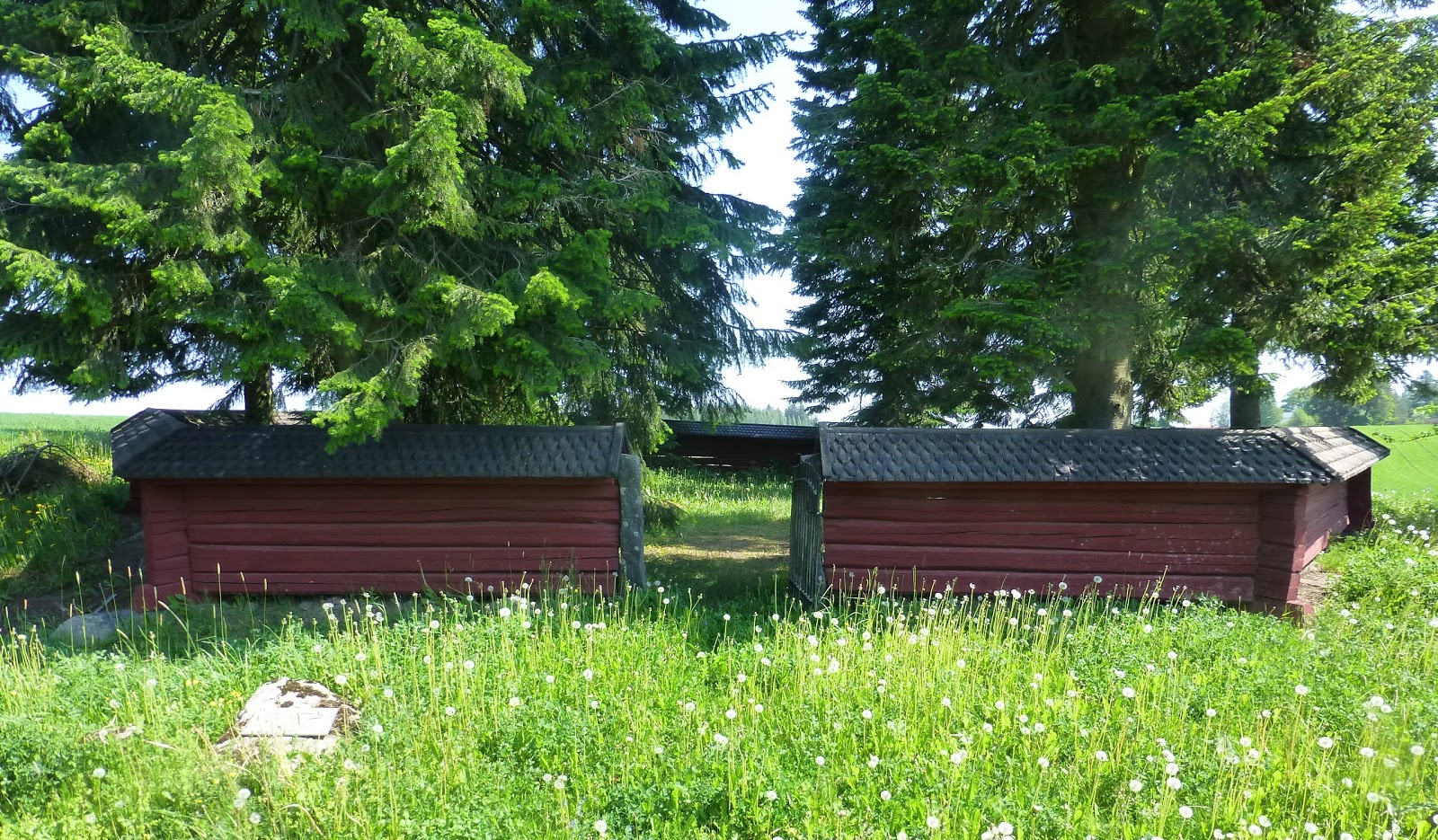Fleeting Remains of the Comb Ceramic Ruskiasuo

While it's winter now and the ground is frozen for a few more months, it's again a good time to look back on past excavations. While I've written about many of my devours past summer, there's a particular one that I still want to share with you. It also serves as a good example of the endangered past that slowly erodes and escapes our grasp. Excavation in progress. In June, I took a little detour from my work in Satakunta to join archaeologists Jan Fast and Janne Soisalo in Kouvola. There they had planned the first public archaeology project in the history of the city and had 15 participants ready to sink their hands into the soft sand of Ruskiasuo dwelling site. While the site had never been excavated, it was already known to archaeologists since its discovery in 1980s. Based on the finds made at that time by a local archaeology enthusiast, the site was dated to the time of Early Comb Ceramic culture ca. 5200–4450 BC. Early Comb Ceramic pottery. As t...











